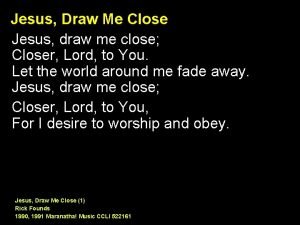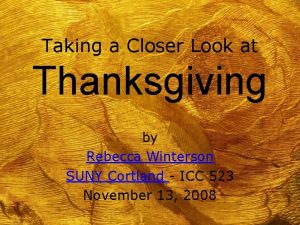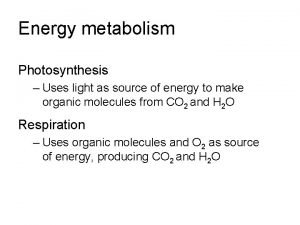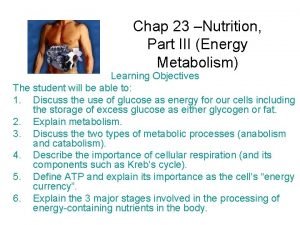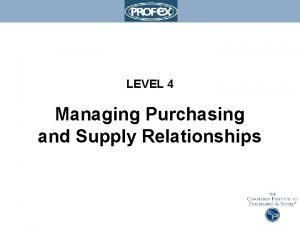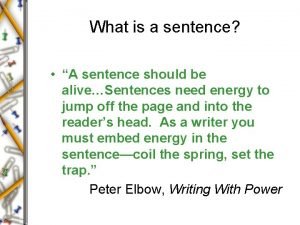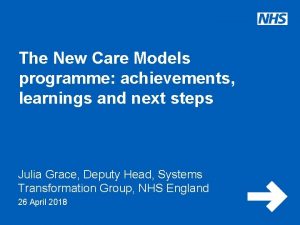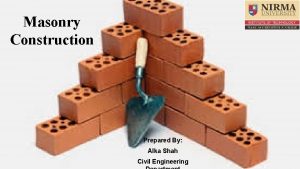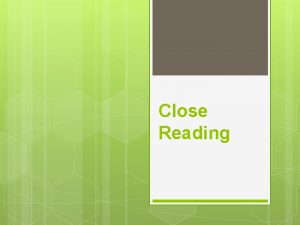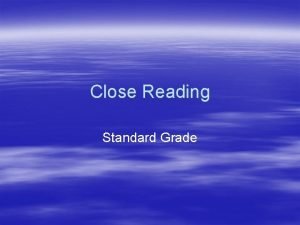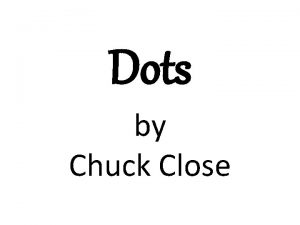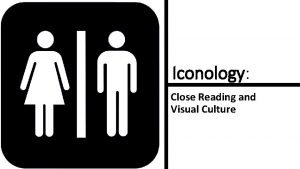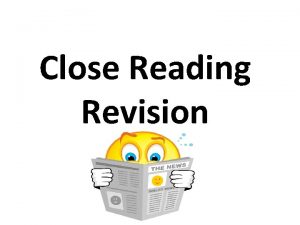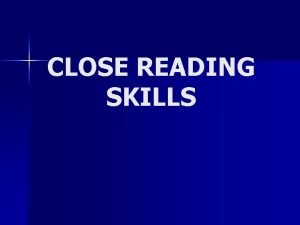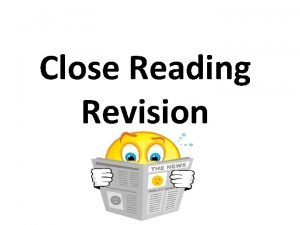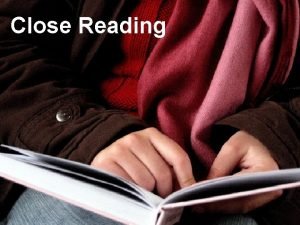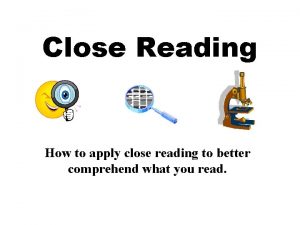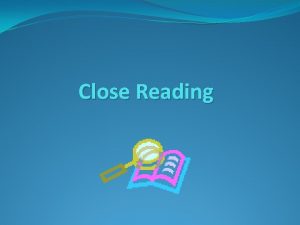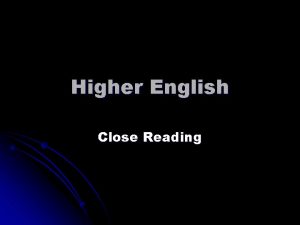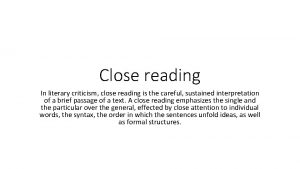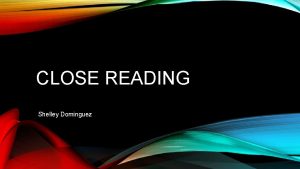Taking a closer look into READING Close Reading


















- Slides: 18

Taking a closer look into READING! Close Reading With Aja Mc. Nair, CST

Important Areas of Reading Instruction • • • Phonological Awareness Phonics Fluency Vocabulary Comprehension


Phonics


Fluency


Vocabulary


Comprehension

The Big Idea • Close reading is thoughtful, critical analysis of a text that focuses on significant details or patterns in order to develop a deep, precise understanding of the text’s form, craft, meanings, etc. It is a key requirement of the Common Core State Standards and directs the reader’s attention to the text itself.


How do I do this? (Example) Day of the week How they read the text What do I teach? Monday Parent reads Make predications before reading, read (do annotations), and identify vocabulary and unknown words Tuesday Parent reads with child Read (do annotations), and do basic comprehension questions (focus on a strategy). Wednesday Parent reads with child Read (do annotations), and do basic comprehension questions (focus on a different strategy). Thursday Child reads with parent’s Read(do annotations), and do brief assistance constructed response with writing Friday Child independently reads Read(do annotations), and do extended constructed response with writing

L ’t s e r p c a it c ! e

Selecting the text • Close read-worthy texts • When selecting a text, include enough complex you need to consider ideas worthy of exploring the three components and discussing to sustain of text complexity: one or more days of Qualitative measures, instruction. Quantitative measures, measures and the Reader and the Task

• Qualitative – Does this text offer ideas or information that further students understanding of the topic? – Does the text include a text structure that … – Does the text follow familiar language conventions—sentence structures, word choices, etc. ? – What background knowledge do my students need to have to be successful with this text? • Quantitative – Is this text on an appropriate readability level for the students in my group? – How can I scaffold my students to ensure their success with this text? *The primary leveling tool used by the Common Core is Lexile. For more information or to find the lexile of a text, visit Lexile. com. • Reader and Task Considerations – How much prior knowledge do my students have about this topic? – How interested are they? – What will be difficult for my students in reading this passage?

Online Resources! www. Read. Write. Think. com www. Readworks. org www. News. ELA. com www. Readinga-z. com *

 Look to the right look to the left
Look to the right look to the left Jesus draw me close
Jesus draw me close A closer look at thanksgiving
A closer look at thanksgiving Look closer see me
Look closer see me Ch 7 a closer look energy metabolism pathways
Ch 7 a closer look energy metabolism pathways Chapter 7 a closer look energy metabolism pathways
Chapter 7 a closer look energy metabolism pathways Meiosis
Meiosis One day closer quotes
One day closer quotes Cips relationship spectrum
Cips relationship spectrum God is closer than you think
God is closer than you think King closer brick
King closer brick The major classifications of welding machines are ____.
The major classifications of welding machines are ____. Simple sente
Simple sente Care closer to home
Care closer to home Care closer to home
Care closer to home Care closer to home
Care closer to home Racking back and toothing
Racking back and toothing Creeping closer meaning
Creeping closer meaning Lexair collet closer
Lexair collet closer

